Nostaliga on Tuesday: Glorious Heritage
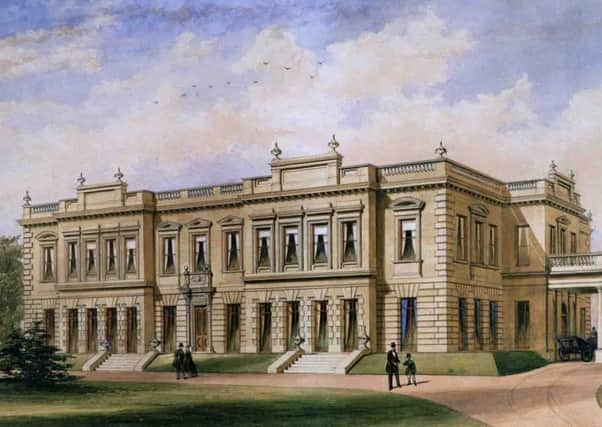

Looking forward to a feast of freshly cut sandwiches, trifles and cakes, not to mention a sip of wine, I was disappointed when she casually requested her chef and companion George Matson to prepare asparagus soup.
She was extremely worried about the hall’s fate on her death, which she anticipated was not far away. The house was crippled with subsidence – one part of the building surviving in its former astonishing splendour whilst much of the rest was derelict.
Advertisement
Hide AdAdvertisement
Hide AdShe said her only daughter, Pamela, was not interested in prolonging the life of the hall and estate and even if she were, death duties were liable to cripple any plans of continuity.
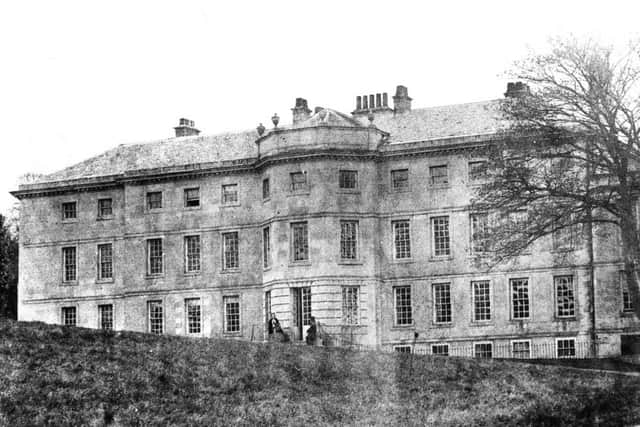

A number of stately homes in the vicinity, such as Sprotbrough Hall and Crookhill Hall, had been demolished whilst others had been insensitively converted.
Sylvia Grant Dalton surprised me with her enthusiasm for Brodsworth Hall and its estates mainly because she was not a direct descendant of the Thelusson family who built the house, yet she had lived there for over 50 years.
On March 29, 1860, the Doncaster Gazette reported that Charles Sabine Augustus Thellusson, owner of the Brodsworth estate, and beneficiary of a colossal will settlement, was about to build a new property. This was on a site a short distance away from an existing Georgian house, which stood near to the village church. To have the entire house built and furnished, to landscape and plant the gardens, and provide estate cottages cost around £50,000.
Advertisement
Hide AdAdvertisement
Hide AdThe building work was undertaken by London contractors Longmire & Barge under the direction of a little-known London architect, Philip Wilkinson.
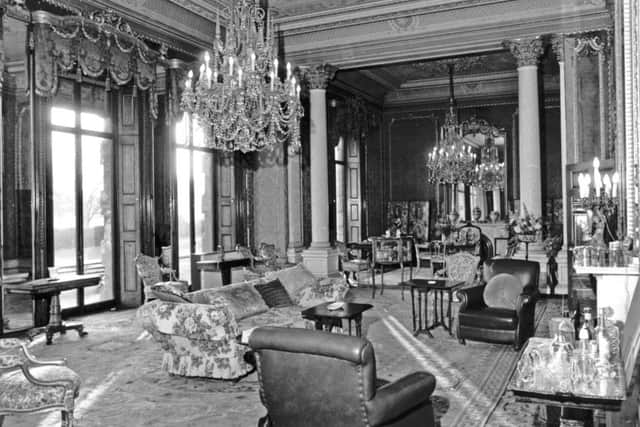

During the rebuilding, one man was seriously injured and another killed. The fatality occurred when a portico fell on 37-year-old John Hall, the foreman of the stonemasons, whilst he was directing the removal of stone supports.
The house was built and furnished in just 18 months between 1861 and 1863. Wilkinson’s well-proportioned Italianate house re-used materials from the old house and stone quarried on the estate, combined with luxurious materials, such as scagliola and marble and hand-painted surfaces.
After Charles Sabine’s death in March 1885, the estate was occupied in succession by his sons Peter, Charles and Augustus. In 1905, Charles leased land to the newly-formed Brodsworth Colliery company, bringing income from rent and royalties on the coal mined. Augustus, Charles Sabine’s youngest son, inherited the Brodsworth estate in 1919 when he was 56.
Advertisement
Hide AdAdvertisement
Hide AdAugustus only lived there during the shooting season and the house wasn’t kept like it had been in its Victorian and Edwardian heyday. On Augustus’s death in 1931, the estate passed to his nephew Charles Grant-Dalton (born 1884).
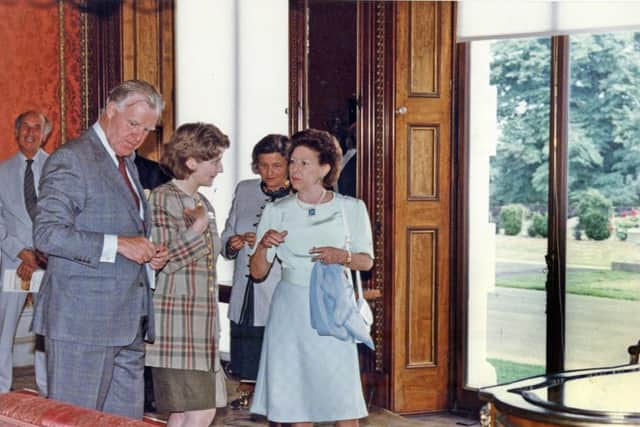

Earlier, in 1916, Charles had married Sylvia West (born 1901), and they had one daughter, Pamela.
Charles died in 1953, and the estate was then left in trust for their daughter, Pamela.
Sylvia subsequently married, in 1959, Charles Eustace Grant-Dalton (born 1877) who survived until 1970. Thereafter Sylvia continued to live at Brodsworth until her death in 1988.
Advertisement
Hide AdAdvertisement
Hide AdThen, events moved apace, Sylvia’s daughter, now Pamela Williams, donated the house and gardens to English Heritage, retaining ownership of the estate. The house’s contents were acquired for £3.36m by the National Heritage Memorial Fund and subsequently transferred to English Heritage. Brodsworth Hall’s contents and interior were praised loudly as a perfectly preserved Victorian ‘time capsule’. And, ‘preserved as found’ was to be the theme on opening to the public in 1995.
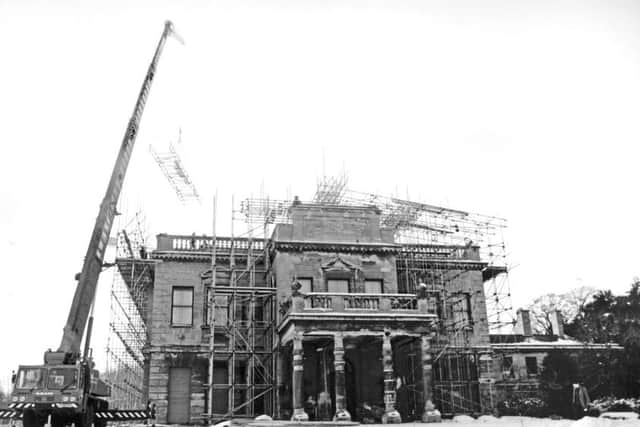

Before this occurred the house underwent extensive repairs. In February 1991, The Yorkshire Post reported that soaring above the scaffolding-girdled Brodsworth Hall, a 70-tonne mobile crane was swinging parts of a temporary roof into place to protect the Grade 1 listed building’s interior while the original slate roof was restored. The work was the first phase of a £4m structural repair and conservation programme.
On July 6, 1995, Princess Margaret performed an opening ceremony at the hall. She was met by local dignitaries, including Ronald Williams, husband of the late Pamela who had died in 1994.
Greeting Princess Margaret, English Heritage chairman Jocelyn Stevens said: ‘Five years ago we were entrusted with a marvellous Victorian house and its contents. Visitors from near and far will now be able to see how different generations lived at Brodsworth and admire the glories of the house and gardens.’
Advertisement
Hide AdAdvertisement
Hide AdJust over 20 years on from Brodsworth Hall’s grand opening, the house and gardens have welcomed many thousands of visitors. English Heritage is now having to undertake further work.
Conservation work will be carried out to repair the revolving window shutters, replacing the heating system and repair the leaking skylights; its interiors will remain conserved as they were found after Sylvia Grant-Dalton’s death. The work has started already and is expected to stretch well into 2017.
My thanks to Brodsworth curator Caroline Carr-Whitworth and English Heritage for use of the photographs .